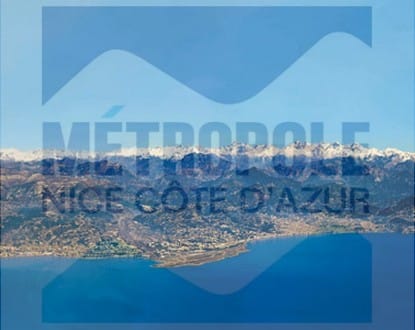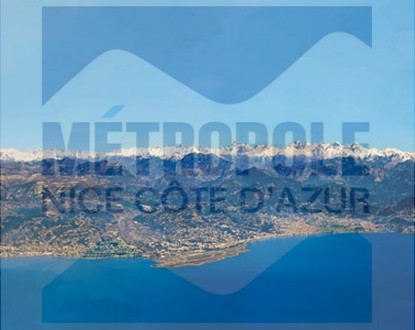There was the farewell speech of Madame the mayor of Coaraze, a municipality leaving the metropolis to join the community of the Pays du Paillon; a welcome was extended to the new arrivals: Gattières, Le Broc, Bonson, and Gilette. In total, starting from January 1st next, 49 municipalities will form part of the Nice Côte d’Azur Metropolis.

Indeed, the attention of everyone is currently focused on the upcoming municipal elections, and that some of the current occupants of the CUM amphitheater, in both the majority and the opposition, will not regain their seats come spring. Who goes hunting…
Just for the record, one can mention the provisional agreement between the Metropolis and the Régie d’Eau Azur, until the latter has the means to operate (In 2015 Nice will join it as well), the implementation of a General Interest Program at the metropolitan level for the requalification of the private housing stock, addressing substandard housing, and combating vacant housing, as well as a decision defining the metropolitan interest of cultural, sociocultural, socio-educational, and sports facilities. Some small skirmishes here and there (nothing serious) between the majority and the opposition enlivened the debate.
Finally, two weighty decisions, even if for the medium and long term (2017): One is still somewhat vague about the need to continue studies, refine the technical project, and determine costs concerning a vertical connection leading to Haut de Cagnes. The other is eagerly awaited for the development of the western exit of the Mathis route, calming Avenue Grinda, which plans a tunnel and a cost of 70 million euros (including taxes).
Lastly, there was a mention of gentle mobility and Auto Bleue with the experimentation of the flexibility system for borrowing and depositing cars between different stations, and the maintenance of the capped subsidy of 250 euros for purchasers of electric two-wheelers. The results of this operation are particularly modest: with just over 800 positive cases in nearly three years, it does not go very far.
It seems that no one has really understood the strong positive potential of this mode of transportation, which is highly recommended by all European studies and should find a privileged application in a region with a favorable climate like the Côte d’Azur.



